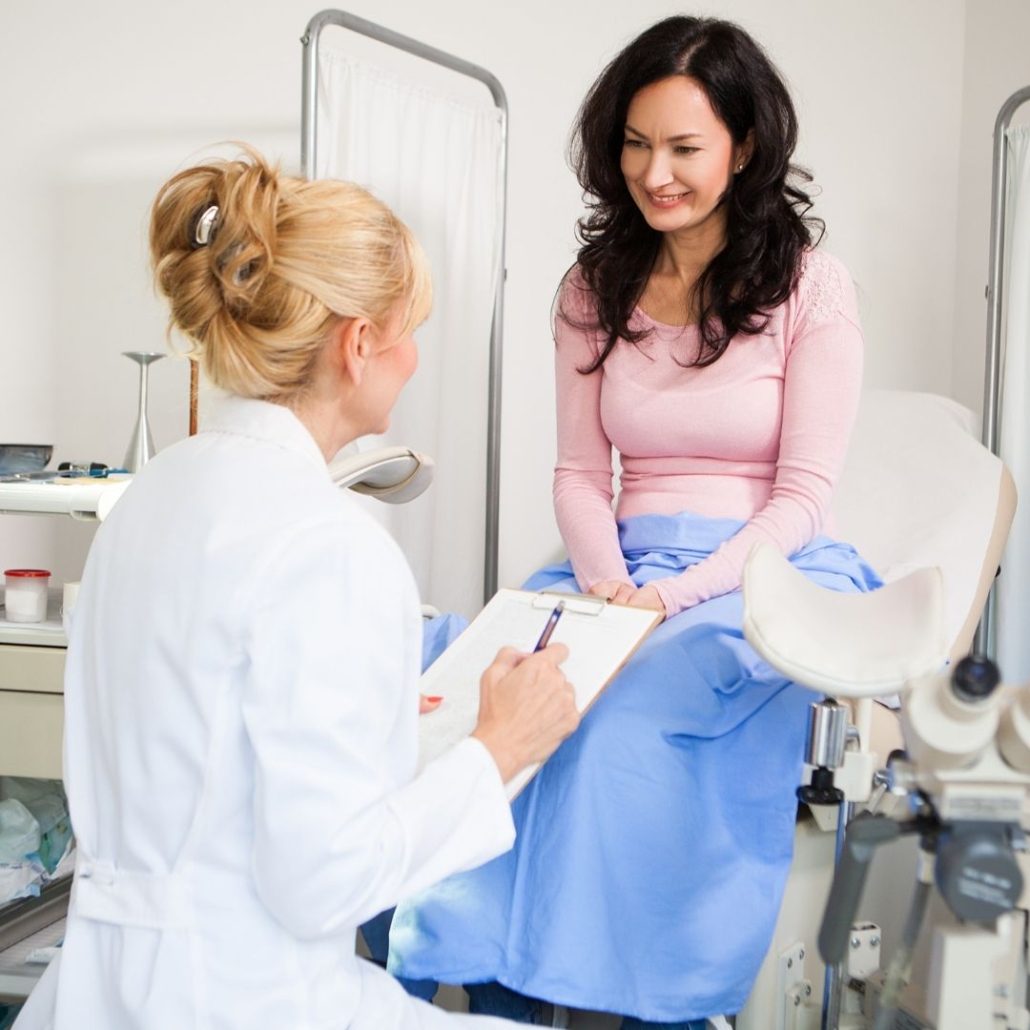Unlocking the Mystery of Vulvodynia: Understanding Pubic Pain
Some time ago, the subject of vulvodynia surfaced within our community. While some were already familiar with it, many had never heard of it.
Today, we shed light on what vulvodynia entails and its potential connections to endometriosis. Furthermore, we have compiled your top recommendations for managing discomfort or itching in this sensitive area.
Vulvo….What is that?
Vulvodynia is characterized by chronic discomfort in a woman’s external genital organs, specifically the vulva. Symptoms can range from itching to burning to pain and are often triggered by pressure on the affected areas, such as underwear, sexual intercourse, prolonged sitting, or gynecological examinations.
The exact physical causes of vulvodynia remain unknown among laypersons and experts. Several potential factors are suspected, including:
- Pelvic floor muscle issues (either too strong or too weak).
- Nerve tissue injuries (nerve lesions).
- An increased number of nerve fibers in the vulva area.
- Elevated levels of inflammatory markers in the vulva area.
- Hypersensitivity to endogenous substances (e.g., the body’s vaginal flora).
- Heightened reaction to infections or tissue injuries.
- Genetic predisposition.
Interestingly, vulvodynia can occur even after recovering from other intimate area ailments. For example, patients who have overcome lichen sclerosus, a non-contagious skin condition, may develop vulvodynia if they experience ongoing symptoms like burning or pain without any other signs of lichen sclerosus. In such cases, it is advisable to seek an examination for vulvodynia [1].
Furthermore, a study found that approximately 45% of those with vulvodynia also reported being affected by at least one other chronic pain condition. These conditions included irritable bowel syndrome, fibromyalgia, interstitial cystitis (chronic bladder pain), chronic fatigue, and endometriosis. This interaction of conditions often leads to seeking a vulvodynia examination [2].
But what is the relationship between endometriosis and vulvodynia? Let us explore that further.
Vulvodynia and Endometriosis – The Painful Duo
In medical research, uncertainty often shrouds emerging connections, particularly for the relationship between endometriosis and vulvodynia. While evidence suggests a link between these two conditions, the precise nature of this connection and which one might trigger the other remain elusive to scientists.
When a patient presents with multiple pain-related conditions concurrently, it can be attributed to a phenomenon known as Chronic Overlapping Pain Syndrome (COPC). This syndrome encompasses a range of chronic pain conditions, including chronic back pain, tension headaches, migraines, fibromyalgia, fatigue, interstitial cystitis, pain in the jaw region, endometriosis, and vulvodynia. Researchers speculate that various factors, such as lifestyle, genetic predisposition, or specific life events like trauma, contribute to the development of COPC. Moreover, they theorize that individuals with COPC may experience impaired nerve signal processing, resulting in heightened pain sensitivity [3].
However, it is crucial to note that vulvodynia is not the sole explanation for these overlapping conditions. Vulvar endometriosis, a remarkably rare variant, is frequently misdiagnosed as vulvodynia. In vulvar endometriosis cases, individuals may exhibit nodules, skin lesions, polyps, or swelling in the vulvar region. Pain typically manifests cyclically in the vulva or perineal area and intensifies more during menstruation [4, 5].
What Can Be Done Now?
With the help of our community and some scientific sources, we have compiled here what can help with vulvodynia. Since the causes of this mysterious pain are still unknown, only the symptoms can be treated in the first place.
However, an interdisciplinary approach with doctors from different specialties as well as additional, alternative treatments can have a positive influence on the symptoms of vulvodynia.
To get a better overview, we have divided everything into three categories.
1. Medications
- Painkillers (e.g., containing lidocaine)
- Breathable protective ointments or moisturizing gels
- Cortisone ointments
- Antifungal ointments (antimycotic)
- Lactic acid treatments
- Topical hormone therapy (ointments)
- Antidepressants
- Anticonvulsant (nerve excitability inhibitors)
2. Complementary Therapies
- Physiotherapy
- Laser therapy
- Neurostimulation
3. Self-Care
- Cold therapy
- Specific dietary considerations
- Any personalized self-care practices that work for you personally
It is essential to explore the treatment options that suit you best. Consider discussing them with your gynecologist. Collaboratively, you may develop a personalized plan to alleviate your symptoms and enhance your long-term well-being.
In a Nutshell
Vulvodynia, a chronic vulvar sensitivity condition, often coexists with other pain-related disorders. Its triggers remain a topic of ongoing debate.
Like endometriosis, more research is needed to uncover connections and develop targeted treatments. This could improve patient experiences and alleviate accompanying psychological stress or depression.
The key is to find effective ways to manage the discomfort or pain and discuss your concerns with a gynecologist—it is a valuable step worth taking!
References
- Lewis, F.M. et al. 2018. „British Association of Dermatologists guidelines for the management of lichen sclerosus 2018.“ http://medi-guide.meditool.cn/ymtpdf/93AE7142-CF55-F73B-78F4-90549715D9B7.pdf, Zugriff am 27.05.2022.
- Nguyen, R.H.N. et al. 2012. „Co-morbid pain conditions and feelings of invalidation and isolation among women with vulvodynia.“ Psychology, Health & Medicine 17 (5).
- Häuser, W. 2021. „Endometriose und chronische überlappende Schmerzsyndrome.“ Der Schmerz 35: 179-182.
- Adedipe, T. O., Chukwujama, U. 2021. „Vulvar Endometriosis Mimicking as Primary Vulvodynia in a Young Nulliparous Woman: Algorithm of Care Following a Rapid Literature Review.“ Journal of Clinical Gynecological Obstetrics 10 (2): 35-39.
- Maillard, C. et al. 2021. „Diagnosis and Treatment of Vulvo-Perineal Endometriosis: A Systematic Review.“ Frontiers in Surgery 8.
Are you dealing with vulvodynia as well?
Share your experiences with us in the comments.
- Endometriosis and Nickel Allergy: Are There Connections? - 5. October 2023
- Psychoneuroimmunology – Immune System in Permanent Stress - 10. September 2023
- Unlocking the Mystery of Vulvodynia: Understanding Pubic Pain - 9. September 2023

